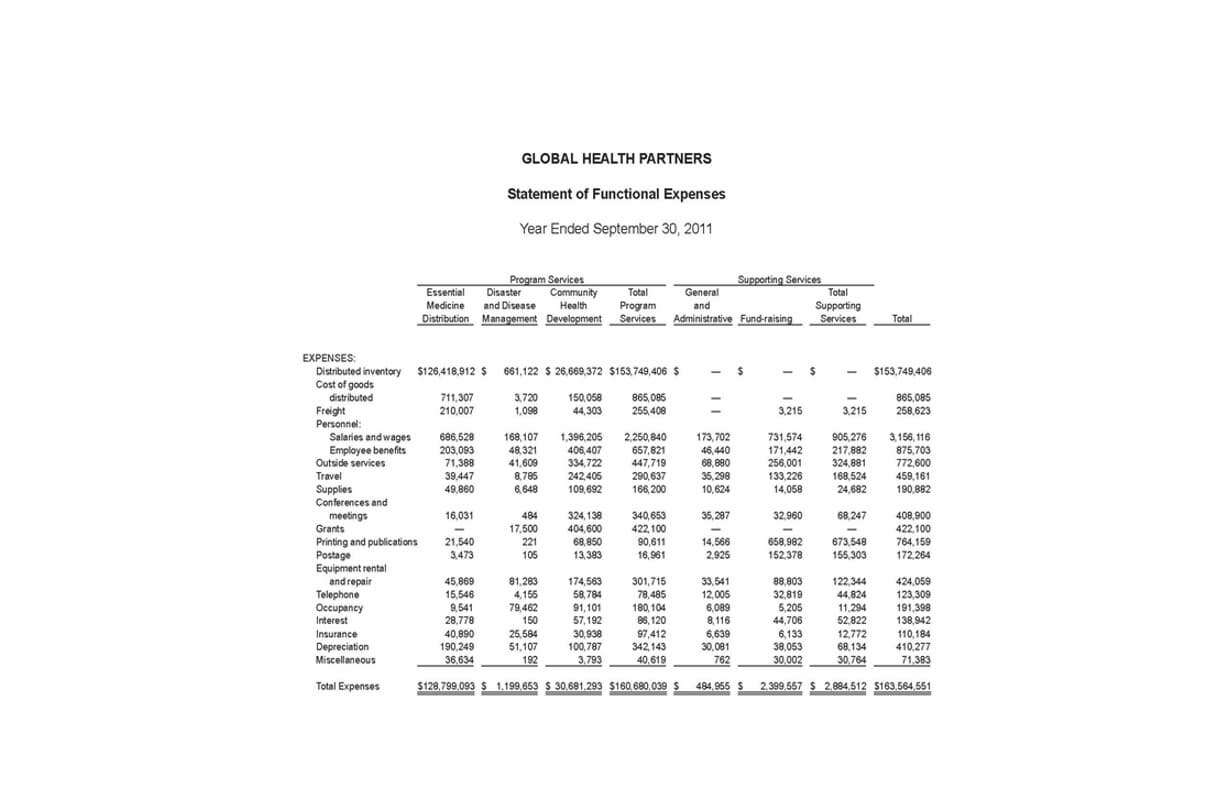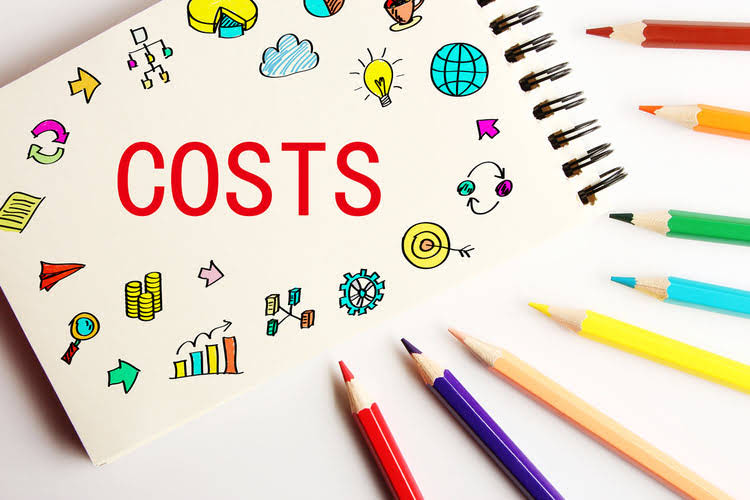- Sepetiniz boş
- Alışverişe Devam
What Are Assets and Liabilities: A Primer for Small Businesses

Current Liabilities – Obligations which are payable within 12 months or within the operating cycle of a business are known as current liabilities. They are short-term liabilities usually arisen out of business activities. Examples of current liabilities are trade creditors, bills payable, outstanding expenses, bank overdraft etc.
What accounts are assets, liabilities, and equity?
Liabilities can help companies organize successful business operations and accelerate value creation. However, poor management of liabilities may result in significant negative consequences, such as a decline in financial performance or, in a worst-case scenario, bankruptcy. An asset is anything a company owns of financial value, list of liabilities in accounting such as revenue (which is recorded under accounts receivable). Unearned Revenue – Unearned revenue is slightly different from other liabilities because it doesn’t involve direct borrowing. Unearned revenue arises when a company sells goods or services to a customer who pays the company but doesn’t receive the goods or services.

Resources for YourGrowing Business
- Liabilities and equity make up the right side of the balance sheet and cover the financial side of the company.
- Here is a list of some of the most common examples of current liabilities.
- Liabilities are categorized as current or non-current depending on their temporality.
- Notes payable is similar to accounts payable; the difference is the presence of a written promise to pay.
- Understanding the criteria and measurement methods for liabilities helps organizations maintain a clear and confident financial position while facilitating informed decision-making.
- Unlike the assets section, which consists of items considered cash outflows (“uses”), the liabilities section comprises items considered cash inflows (“sources”).
- Basically, these are any debts or obligations you have that need to get paid within a year.
Short-term liabilities in accounting need to be overseen by the management to ensure that the company possesses enough liquid assets to guarantee that the debts are met. Assets are usually divided into two depending on the ease with which they may be converted into cash. Current or short-term assets are resources that can be converted into cash in a fiscal year or given operating cycle. Liabilities and equity make up the right side of the balance sheet and cover the financial side of the company. With liabilities, this is obvious—you owe loans to a bank, or repayment of bonds to holders of debt. Liabilities are listed at the top of the balance sheet because, in case of bankruptcy, they are paid back first before any other funds are given out.
Liabilities in Accounting: Understanding Key Concepts and Applications
This amount is recorded as an accrued expense for the following month. On the other hand, liabilities are listed on the right-hand side and are subdivided into current and non-current liabilities, as discussed above. In most cases, lenders and investors will use this ratio to compare your company to another company.
Common Types of Liabilities
By keeping these tips in mind, you can better interpret balance sheets and make smarter financial decisions. For more in-depth knowledge, check out our accounting 101 book or our accounting notebook for extra resources. By looking at assets, liabilities, and equity, you get a clear picture of how the company is doing financially (Investopedia). It means what the company owns (assets) is always balanced by what it owes (liabilities) plus what’s left for the owners (equity). If you’re dipping your toes into accounting or finance, understanding a balance sheet is a must.

We use the long term debt ratio to figure out how much of your business is financed by long-term liabilities. If it goes up, that might mean your business is relying more and more on debts to grow. Suppose a company receives tax preparation services from its external auditor, to whom it must pay $1 million within the next 60 days. The company’s accountants record a $1 million debit entry to the audit expense account and a $1 million credit entry to the other current liabilities account.

What are Liabilities? Understanding, Types, Examples
- In summary, other liabilities in accounting consist of obligations arising from leases and contingent liabilities, such as lease payments, warranty liabilities, and lawsuit liabilities.
- A balance sheet must always balance; therefore, this equation should always be true.
- If you recall, assets are anything that your business owns, while liabilities are anything that your company owes.
- A robust credit history separates finances, enhances credibility, and unlocks diverse financing.
- The amount of taxes a company owes might fluctuate based on its profitability and tax planning strategies.
We manage your books to take the load off your shoulders, leaving you to attend to other more important areas of your business. But the accountant had a good laugh and went on to share the details of the art gallery’s profits, which looked very respectable. After a long career as an art dealer, Amrish Chauhan opened an art gallery in New York City in his early fifties. The gallery was a hit from the very start, but Amrish’s accounts were in a mess. Along with the shareholders’ equity section, the liabilities section is one of the two main “funding” sources of companies.
Check the Debt
- Liquidity is all about how fast you can turn assets into cash to pay off short-term debts.
- The day you hire your first employee, you become responsible for payroll tax.
- Because the value of liabilities is constant, all changes to assets must be reflected with a change in equity.
- There are mainly four types of liabilities in a business; current liabilities, non-current liabilities, contingent liabilities & capital.
- We use the long term debt ratio to figure out how much of your business is financed by long-term liabilities.
Liability generally refers to the state of being responsible for something. The term can refer to any money or service owed to another party. Tax liability can refer to the property taxes that a homeowner owes to the municipal government or the income tax they owe to the federal government. A retailer has a sales tax liability on their books when they collect sales tax from a customer until they remit those funds to the county, city, or state.
- This is why it’s critical to understand the differences between current and long-term liabilities.
- To offset a debt/liability, you can use assets, and your company can include certain items on the asset side or write them off as required.
- If you’re unable to repay any of your non-current liabilities when they’re due, your business could end up in a solvency crisis.
- Having a better understanding of liabilities in accounting can help you make informed decisions about how to spend money within your company or organization.
- Shareholders might be taking too much money out of the business, or the business might be losing money.
